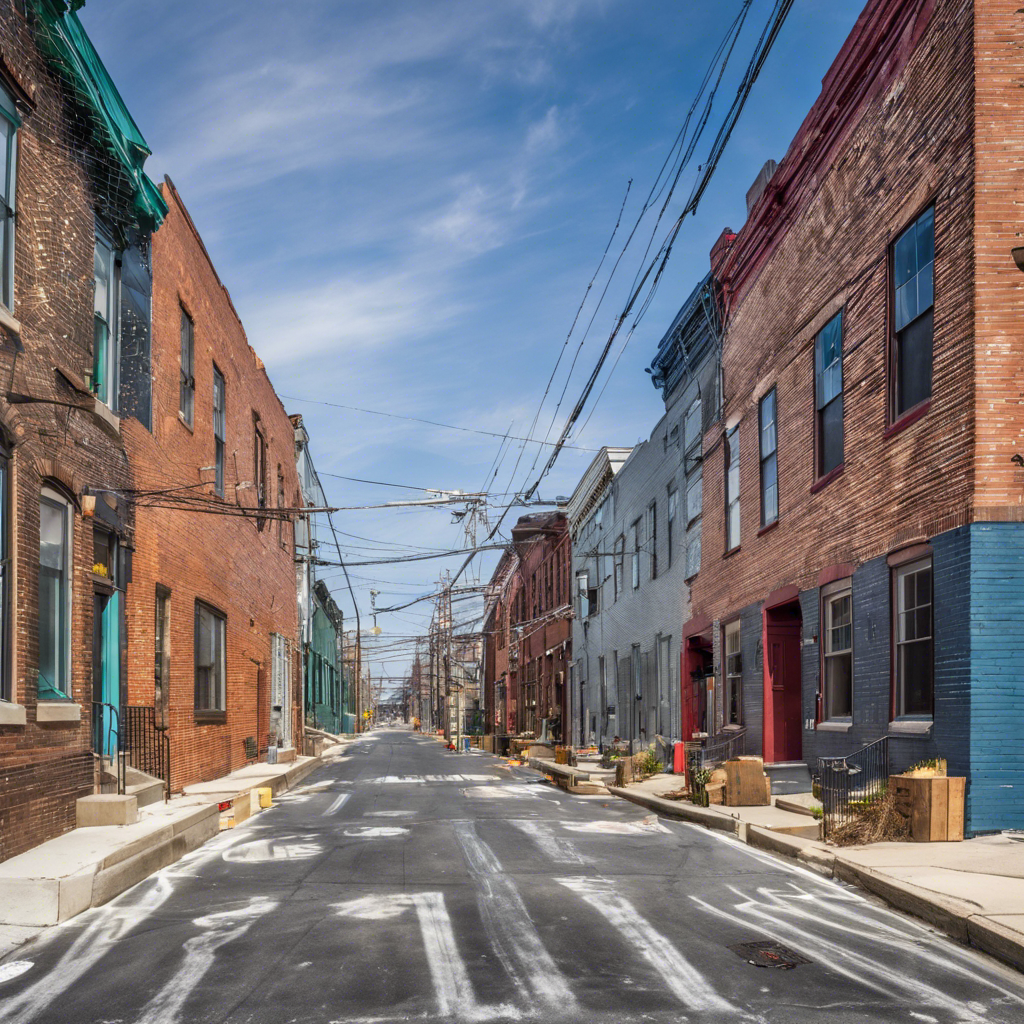Fishtown’s Front Street Undergoes a Building Boom Along Market-Frankford Line

A surge in construction projects and apartment developments is transforming Fishtown’s Front Street, despite lower SEPTA ridership and the challenges posed by the pandemic.
Fishtown, a neighborhood in Philadelphia, is experiencing a remarkable transformation along its Front Street corridor. Despite lower SEPTA ridership and the impact of the pandemic, a building boom is underway, with numerous construction projects and apartment developments taking shape. This article explores the reasons behind this surge in development, the challenges faced by the area, and the potential implications for Fishtown’s future.
A Rapidly Changing Landscape
The Front Street corridor in Fishtown, located along the Market-Frankford elevated train line, is witnessing a flurry of construction activities. Pedestrians navigating this area must navigate around construction sites encroaching on sidewalks. According to the CoStar Group, there are currently 441 apartment units under construction, with an additional 174 proposed and 231 completed since 2019. This surge in development is almost doubling the number of apartments on Front Street between Girard and the York-Dauphin stations.
A Neighborhood Transformed
Fishtown has undergone significant changes since the Great Recession, becoming one of Philadelphia’s most recognizable neighborhoods. Once characterized by run-down commercial corridors and vacant storefronts, Fishtown has experienced a resurgence. The area now boasts thriving restaurants, bars, and amenities, attracting residents and visitors alike. Census data reveals that the Northern Liberties and Fishtown area now has the highest median income in the city.
The Appeal of Front Street
While developers initially focused on other areas, Front Street’s appeal has grown as other developable land becomes scarce. Zoning regulations allow for taller and denser buildings along this stretch of the Market-Frankford Line, making it an attractive location for developers. Despite challenges such as noise from passing trains and limited natural light, developers have found innovative solutions to create desirable living spaces.
The Future of Mass Transit
The surge in development along Front Street raises questions about the future of mass transit, particularly in light of lower SEPTA ridership and changing work patterns due to the pandemic. With remote work becoming more prevalent, fewer office workers are commuting to Center City on a daily basis. However, developers argue that the Market-Frankford Line still offers unparalleled access to the city’s core, making it an attractive option for those who still need to commute occasionally.
Balancing Affordability and Demand
While the developments along the Market-Frankford Line are not subsidized, meaning rents may be relatively high, developers aim to create a demand for retail businesses that will, in turn, attract more tenants. The goal is to establish an “activated street front” with coffee shops, bars, and restaurants that make the area more appealing to potential residents. However, it is important to consider the affordability of these transit-oriented apartments for lower-income and working-class individuals who rely heavily on public transportation.
Conclusion:
Fishtown’s Front Street is undergoing a remarkable transformation, with a building boom reshaping the neighborhood’s landscape. Despite lower SEPTA ridership and the challenges posed by the pandemic, developers are investing in the area, attracted by its potential and proximity to mass transit. While the future of mass transit remains uncertain, the surge in development along the Market-Frankford Line signals optimism and potential for Fishtown’s continued growth and revitalization.

